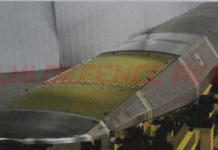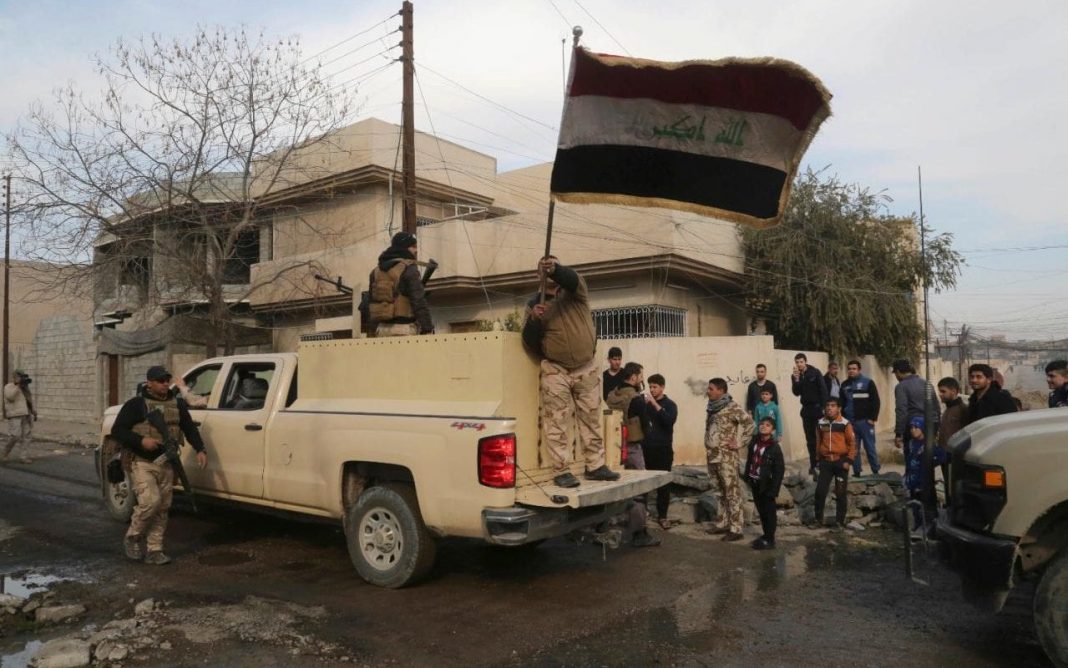During the early hours of October 17, 2016, Iraqi Security Forces supported by the US-led coalition launched a major offensive to liberate Nineveh province, including its city center Mosul, the last ISIS stronghold in Iraq. The operation was coded, ‘We are coming back, Nineveh’. An Iraqi allied force consisting of Iraqi Army units, Counter-Terrorism units, Kurdish Peshmerga Units and Popular Mobilization Forces made up of local tribal auxiliaries participated in this operation. This was the first time since 2003 that such a diverse set of Iraqi players had joined forces to fight a common enemy. Indeed, the Iraqi Government should look at this operation as a possible starting point for crafting an Iraqi Military based on national unity and integrity, since the entire operation to ‘eradicate ISIS’ is in any case turning into a slog that would require maintaining cohesion among allied Iraqi forces. Additional forces from elsewhere need to be brought in if the operational tempo of the fight to take Mosul from ISIS is to be restored.
The Plan
The initial plans involved approaching Mosul from several directions that would enable a siege of the city. However, this plan was constrained by the fact that Iraqi forces had to both avoid heavy civilians casualties as well as keep much of the local utility infrastructure intact for the future. The final phase involved simultaneously attacking ISIS militants from all directions to liberate the city’s neighborhoods, leading to a rapid collapse of ISIS resistance.
In the beginning, Iraqi allied forces did seem to advance rapidly across Nineveh, liberating quite a few towns on the way to Mosul. However, progress soon started varying from one thrust axis to another. Counter-terrorism units which were responsible for liberating the Eastern axis swiftly retook multiple towns on the way to Mosul and reached its eastern suburbs in just a week. Unfortunately, forces on the Southern and Northern axes did not meet with the same kind of success and fell behind projected progress timelines.
What the delay has done…
The delay on the other two axes has jeopardized the pace of the operation and we are now seeing a pause that could allow ISIS to reinforce itself. In fact, this pause may even allow ISIS to re-group sufficiently to launch a major counter-attack of its own. The main reason that led to this situation is the varying level of combat experience, training, equipment and readiness among participating units of the Iraqi allied forces. Two participating Iraqi Army infantry divisions are newly established ones and have never fought ISIS before. On the hand, the Counter-terrorism units mentioned above have in the past taken part in liberating almost every Iraqi city from ISIS.
The competency of the commanders in the field has been uneven as well. Some commanders who hold delicate posts in the operation have been found to be unfit for their roles. These individuals had risen to such posts without serving as a brigade or division commander according to proper military procedures. They have not graduated from a command and staff college and they typically either had a poor record fighting terrorism or didn’t have one at all.
The situation left the Iraqi leadership in a position to pursue either of two options:
- Pause until forces in the Southern and Northern axes reach a point where they are able to make contact with ISIS forces along Mosul’s boundary.
- Or take a risk and allow Counter-terrorism units to pursue the operation from the Eastern side only and ultimately accept a draw down in the operational rhythm which would obviously stretch the timeline to liberate Mosul in its entirety.
Iraqi allied forces seemed to have settled for option no.2 which does play into ISIS’s aim of turning the fight for Mosul into a war of attrition. This option allows ISIS to focus on one front instead of having to fend off attacks on several.
What now?
The entire operation has entered its fourth month and Iraqi elite forces have successfully liberated almost all neighbourhoods on the so-called Mosul left coast i.e the northern bank of the Tigris River. Observers predict that the operation will be tougher on the right coast i.e the southern bank of Tigris river where ISIS has concentrated its elite forces, command and control centers, logistical and communications lines. Some of the inhabitants on this side of the river are also known to be ISIS sympathizers and supporters. So it is not surprising that ISIS has dug itself in for a long war.
It is apparent that the Iraq allied force is chiefly relying on its elite Counter-terrorism forces to liberate Mosul, while the rest of the participating units have not really moved forward to engage ISIS forces in the city. Perhaps, the decision to give them a role in such critical operations was somewhat imprudent. Operational commanders shouldn’t typically settle for a battle characterized by attrition warfare. They should plan to accelerate the pace of operations whenever possible. Operational commanders could for example deploy more experienced forces from other sectors in Iraq to replace lingering units along the Southern and Northern axes to open more fronts to engage ISIS militants in Mosul itself.
In urban warfare, special operations are fundamental to undermining the enemy’s capabilities and disrupting its plans. Iraqi forces therefore need to launch special operations inside the city on select targets in order to break ISIS’s will to fight. Tactics and manoeuvres to lure ISIS into using reserve forces would be highly beneficial to the operation’s rhythm. Iraqi commanders should strive to find vulnerabilities in ISIS’s defensive plans and outflank ISIS lines by bringing in additional forces from elsewhere.
Brigadier General Ismael Alsodani is a veteran of the Iraqi Army
© Delhi Defence Review. Reproducing this content in full without permission is prohibited.
































